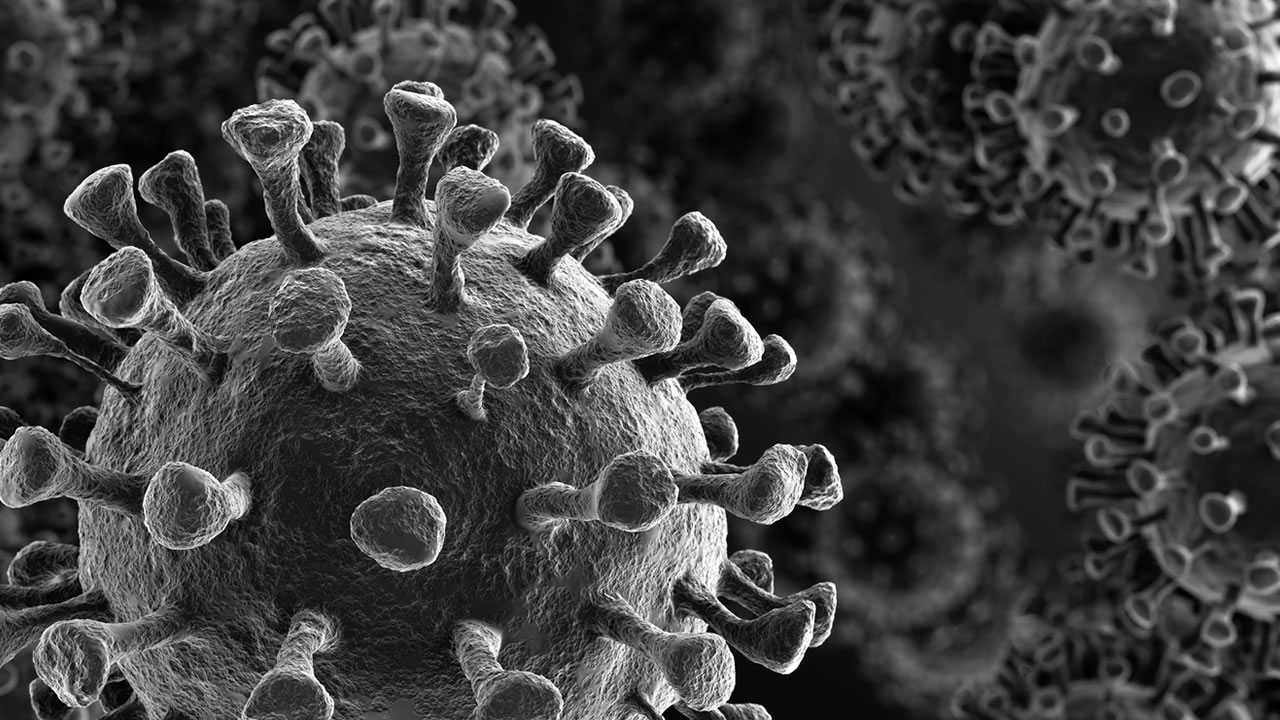EXCLUSIVE: San Francisco launches initiative to trace every single COVID-19 case and contact

SAN FRANCISCO (KGO) -- Public health and infectious disease specialists have long said the key to containing coronavirus and freeing us from shelter-in-place orders is contact tracing, the process of identifying people who may have come into contact with an infected person. Those contacts could then be tested, treated and isolated to avoid potentially infecting others.
San Francisco has formed a task force to do the painstaking work of interviewing and tracing the interactions of all people who test positive for COVID-19, ABC7 News learned Thursday.
Dr. George Rutherford, UCSF's head of disease and global epidemiology was on ABC7 News at 3 p.m. Thursday. He told ABC7 News anchor Kristen Sze that UCSF is partnering with the city in this massive new effort, one of the first such efforts in the U.S.
The Department of Public Health envisions a team of 150 people that will make phone calls, text, track people, and ask them to come in for testing. Dr. Rutherford says the task force's work is underway.
"We're having a second round of training this weekend. Some of the people who are going to be helping us going forward are medical students, city librarians and some of the people from the City Attorney's office, which I think is quite remarkable," said Rutherford.
"If you were to unfortunately get COVID-19 and were diagnosed, somebody from the city would talk to you and ask you about your contacts, people with whom you've been in contact over the last few days. We have very specific periods of time we're interested in, because we know when you were most likely infected and most likely infectious."
If your contacts test positive, they'd be isolated. If they're negative, depending on how close the contact was, a two-week self-quarantine would still be possible.
RELATED: See how the curve of COVID-19 cases is bending in each Bay Area county
The city and UCSF have started to do this on a much smaller scale, but this ramp-up will cover the coming weeks and months.
Researchers say that identifying and isolating cases is a key strategy in moving beyond locking people down, before a vaccine is developed. Dr. Anthony Fauci, head of the National Institute of Allergy and Infectious Diseases, estimates that will take 12-18 months.
Dr. Rutherford says contact-tracing is especially important in the Bay Area, in part because of our success slowing the spread through early shelter-in-place. That means a large portion of the population here has not yet been exposed and is not yet immune, so we could be hit hard in a second wave, originating from outside of the Bay Area.
Dr. Rutherford also tells ABC7 News that he thinks we are near the top of the curve here in the Bay Area. "Look at the number of cases per day and it looks plenty, plenty flat. That's not to say we can stop doing what we're doing and go out and celebrate. We got a long way to go to get out of this, but we're doing the right thing."
Dr. Rutherford also thinks when we do hit the peak, our region will be able to cope. "Absent some spectacular occurrence, like a big outbreak among the homeless or nursing home, the answer is yes. We have adequate stuff, supplies, people, beds, ventilators, ICU space. We seem to be if not at the apex, but very close to the apex. And we're managing with what we have."
See Kristen Sze's full interview with Dr. George Rutherford, UCSF's head of disease and epidemiology, in the video at the top of this story.
Get the latest news, information and videos about the novel coronavirus pandemic here
RELATED STORIES & VIDEOS:
- Live updates about coronavirus outbreak in US, around the world
- Everything you need to know about the Bay Area's shelter-in-place order
- Stimulus calculator: How much money should you expect from coronavirus relief bill
- What Bay Area tenants need to know about rent payments, eviction amid COVID-19 outbreak
- Live updates about coronavirus outbreak in US, around the world
- Here's how shelter in place, stay at home orders can slow spread of COVID-19
- Coronavirus Timeline: Tracking major moments of COVID-19 pandemic in San Francisco Bay Area/
- Coronavirus and the new normal of living in the San Francisco-Bay Area -- COVID-19 Diaries
- Happy hour goes virtual as people try to be sociable while social distancing during COVID-19 crisis
- Coronavirus Outbreak: Here's why you should practice 'social distancing'
- DRONEVIEW7: What the Bay Area looks like during the coronavirus shelter-in-place
- ABC7's drive around San Francisco shows empty streets, businesses shuttered
- Symptoms, prevention, and how to prepare for a COVID-19 outbreak in the US
- List of stores, companies closing due to coronavirus pandemic
- Canceled late fees, free services available amid COVID-19 crisis
- Here's how you can help during COVID-19 pandemic
- How to maintain learning during school closures
- No masks but here are 100+ products that may help protect you against novel coronavirus germs
- Here's a look at some of history's worst pandemics that have killed millions
- Asian community fighting racism, xenophobia, bigotry as world fights COVID-19














